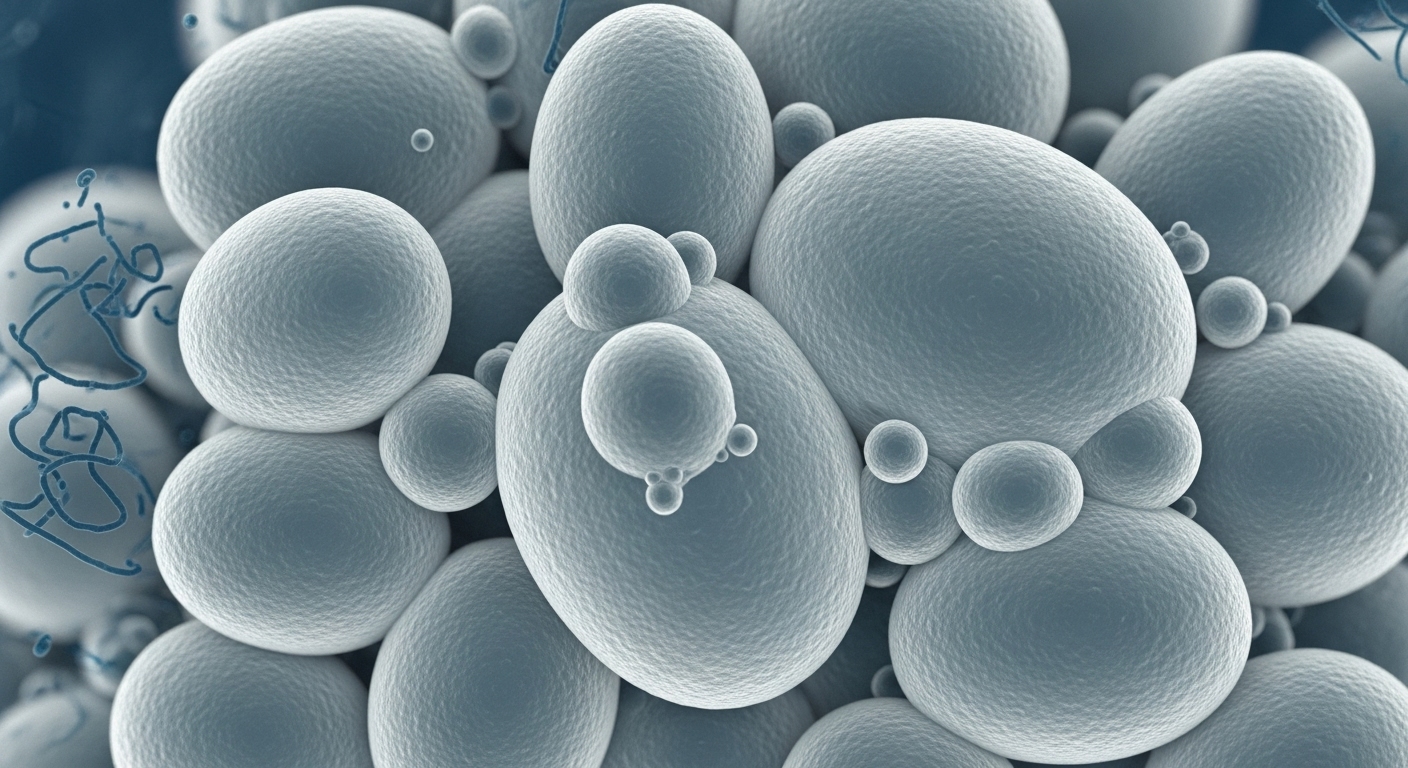Dr. Kumar’s Take
Eradicating H. pylori is a massive antibiotic assault on the microbiome. This study showed that while adding Saccharomyces boulardii to standard Helicobacter pylori triple therapy may not reliably increase eradication, it does meaningfully reduce side effects—diarrhea, epigastric discomfort, dyspepsia. For many patients, tolerability is the difference between completing therapy and dropping out, so this kind of benefit matters in practice.
Key Takeaways
- Adult patients (mean age ~48 years) with confirmed H. pylori infection were treated with standard 14‑day triple therapy plus either S. boulardii or placebo.
- Eradication rate was modestly higher in the S. boulardii group (71%) vs placebo (59.7%) but this difference was not statistically significant.
- Diarrhoea incidence: 14.5% in the S. boulardii group vs 30.6% in placebo.
- Epigastric discomfort (dyspeptic symptoms) were significantly less frequent in the S. boulardii group.
- Tolerability was better with S. boulardii; fewer patients reported gastrointestinal side‑effects.
Actionable Tip
When prescribing the standard 14‑day triple therapy for H. pylori (e.g., amoxicillin + clarithromycin + PPI), adding S. boulardii may help reduce side effects such as diarrhea and epigastric discomfort. Use probiotic starting with the antibiotic course, maintain for the full therapy duration, and counsel the patient that eradication improvement is possible but not guaranteed.
Study Summary
Cindoruk and colleagues randomized 124 adult outpatients with H. pylori infection to triple therapy (clarithromycin, amoxicillin, and a PPI) plus S. boulardii, or the same regimen with placebo. They followed patients during therapy and rechecked H. pylori status approximately 6 weeks after completion, and also measured side‑effects and tolerability using questionnaires.
Study Design
- Participants: 124 adult patients with confirmed H. pylori infection
- Intervention Group: Standard 14‑day triple therapy + S. boulardii
- Control Group: Standard triple therapy + placebo
- Measurements:
- H. pylori eradication confirmed about 6 weeks after therapy
- Side effects (including diarrhea, epigastric discomfort, dyspepsia) via symptom questionnaire
- Follow‑up Duration: Through therapy and ~6 weeks after completion
Results
- Eradication: 71.0% in the S. boulardii group vs 59.7% in the placebo group — not statistically significant
- Diarrhea: 14.5% with S. boulardii vs 30.6% with placebo
- Epigastric discomfort/dyspepsia significantly less in S. boulardii group
- Overall tolerability higher among those receiving S. boulardii
Biological Rationale
- Adding S. boulardii may blunt antibiotic‑induced gut flora disturbances, reducing gastrointestinal side effects.
- Likely helps improve mucosal integrity, and possibly modulates immune and inflammatory responses that contribute to symptom burden.
- Though yeast doesn’t directly kill H. pylori, reducing side effects may improve adherence, which indirectly supports eradication efforts.
Strengths & Limits
Strengths:
- Double‑blind, placebo‑controlled randomized design.
- Clear measurement both of eradication and side effects.
- Medicine in a real patient population (middle‑aged adults) relevant to many clinicians.
Limitations:
- Sample size modest; not enough power to detect small differences in eradication rate.
- Eradication improvement did not reach statistical significance.
- The study does not explore long‑term outcomes or recurrence.
- Single center, specific antibiotic combination, may not generalize to areas with different resistance patterns.
Related Studies and Research
- Saccharomyces boulardii in the prevention of antibiotic‑associated diarrhoea: meta‑analysis
- Saccharomyces boulardii in the prevention of antibiotic‑associated diarrhoea in children: RCT
- SB + Amoxicillin‑Clavulanate Effects on Gut Microbiota (RCT)
- High‑Dose Vancomycin + SB for Recurrent C. difficile
- 🎙️ Saccharomyces boulardii Explained – Podcast Episode
FAQ
Should S. boulardii be added routinely in all H. pylori triple therapy regimens?
Yes. The evidence supports side‑effect reduction strongly; eradication benefit is possible but inconsistent, especially in settings with high antibiotic resistance.
Does reducing side effects translate into better completion of eradication therapy?
While this study did not directly measure that, it’s a reasonable clinical inference: better tolerability often improves adherence, which is critical in eradication success.
Bottom Line
Adding Saccharomyces boulardii to standard 14‑day triple therapy for H. pylori primarily reduces patient discomfort — less diarrhea and epigastric pain — but does not reliably increase eradication rates. If tolerability is a concern, it’s a worthy adjunct; if maximizing eradication in resistant settings, focus on resistance‑aware regimens.


